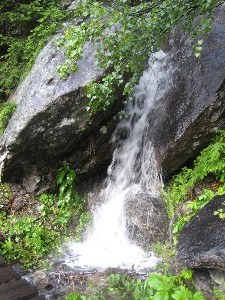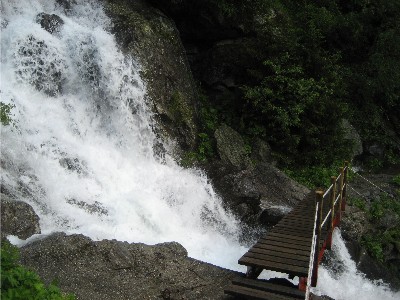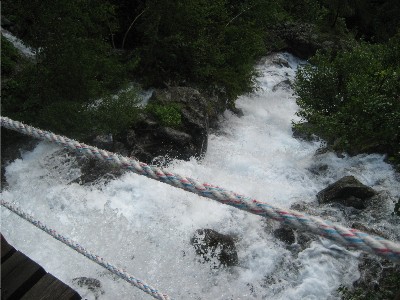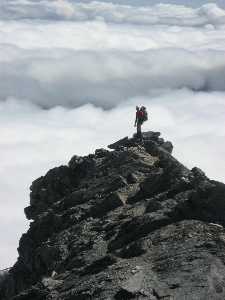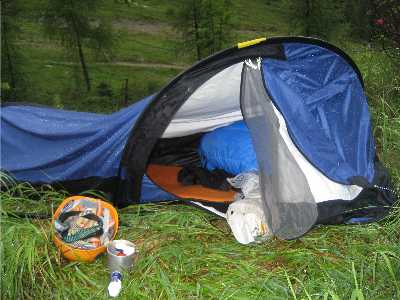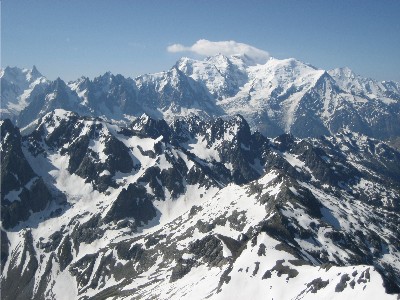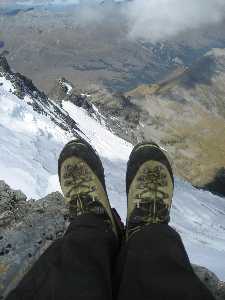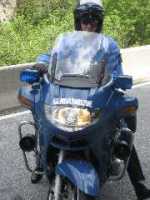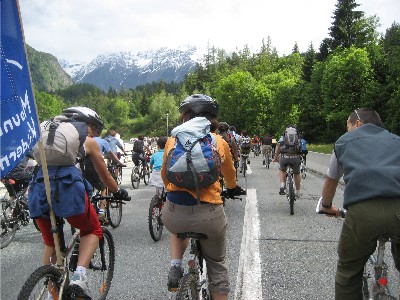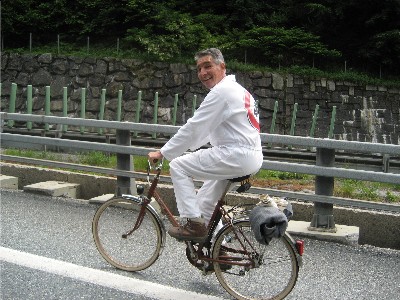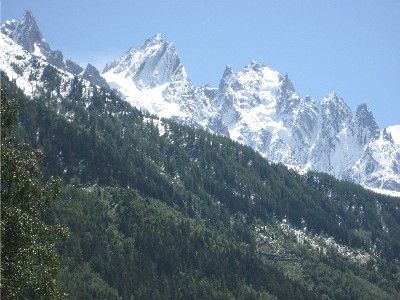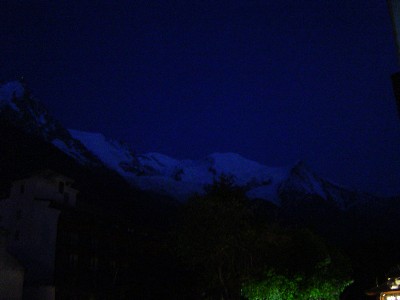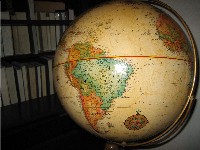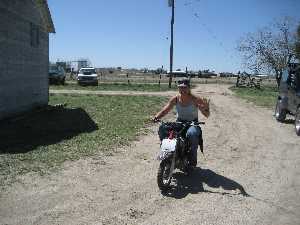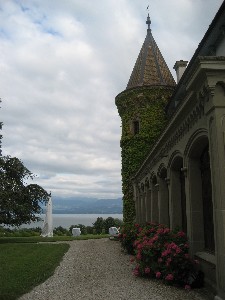 I basically carjacked someone today. Yep. I was hitchhiking, and a car stopped, so I went up to it, opened the door, and got in. A few minutes down the road, it dawned on me that the guy had stopped to make a left-hand turn, and I just assumed that he had stopped to pick me up. But no. I opened the passenger door anyway and hopped inside. The conversation was awkward in French, and when he dropped me off at my destination, he turned his car around and headed back in the direction he came. That’s when it hit me: ohmygosh. I’m a carjacker.
I basically carjacked someone today. Yep. I was hitchhiking, and a car stopped, so I went up to it, opened the door, and got in. A few minutes down the road, it dawned on me that the guy had stopped to make a left-hand turn, and I just assumed that he had stopped to pick me up. But no. I opened the passenger door anyway and hopped inside. The conversation was awkward in French, and when he dropped me off at my destination, he turned his car around and headed back in the direction he came. That’s when it hit me: ohmygosh. I’m a carjacker.
Anyhow, these are the joys of life without a vehicle besides a bike. I was also able to work out a last-minute ride (no hitchhiking involved) to Geneva this week to attend a celebration of my friend Andy Parkin’s work. His career’s largest sculpture was unveiled on Thursday night at Chateau Pictet-Lullin—a proper castle—overlooking Lake Geneva. The place was chock full of modern art and ancient books that made me drool.
Andy had been working on this commission for over a year, a sculpture of a sail made mostly out of recycled copper.  Welded into the sail’s structure are parts of a stove, a radiator, a fondue pot, and a lamp, among other things. It’s over four times as tall as Andy is, and it’s also meant to be climbed.
Welded into the sail’s structure are parts of a stove, a radiator, a fondue pot, and a lamp, among other things. It’s over four times as tall as Andy is, and it’s also meant to be climbed.
The chateau grounds also contained a vineyard, so wine flowed freely…along with loads of good food—risotto, veggies, shrimp, steak skewers, and mini-crème brulees. I will admit—I have been feeling down-and-out lately, and it’s not just the weather. Stress about future work and life is beginning to build, but being able to celebrate another person’s life and work felt like such an instant relief.


